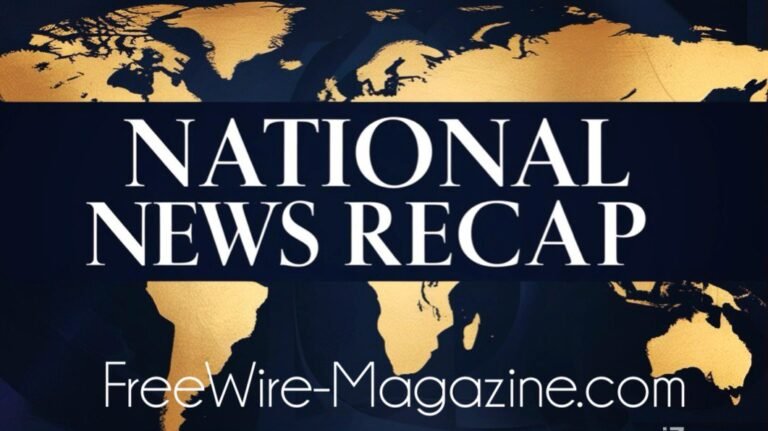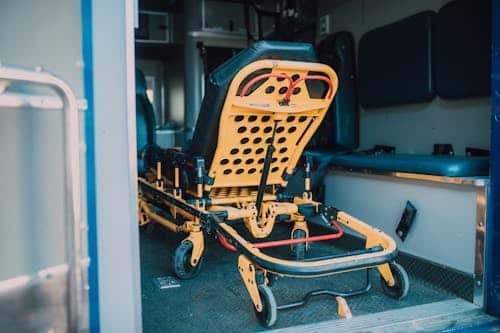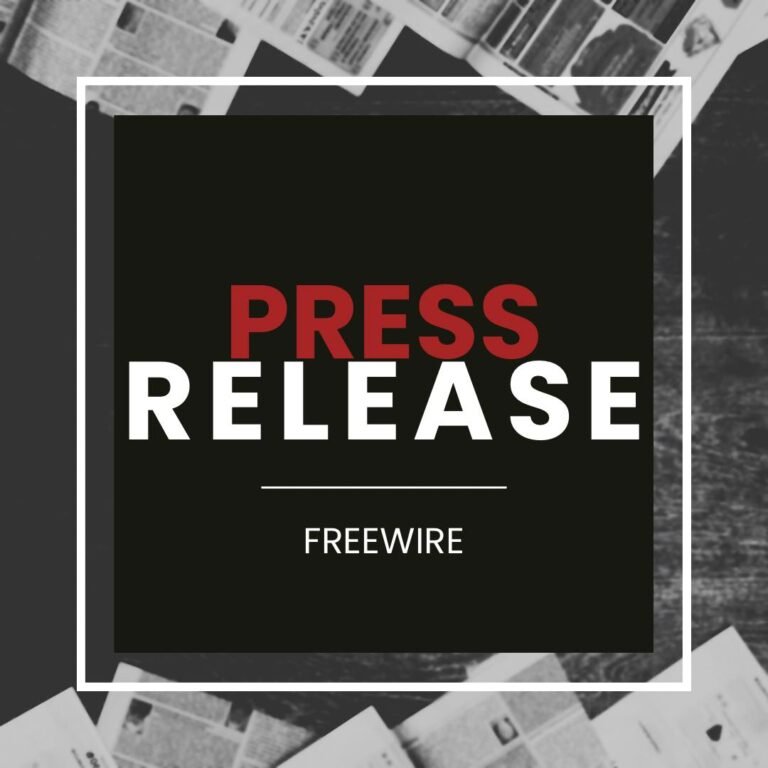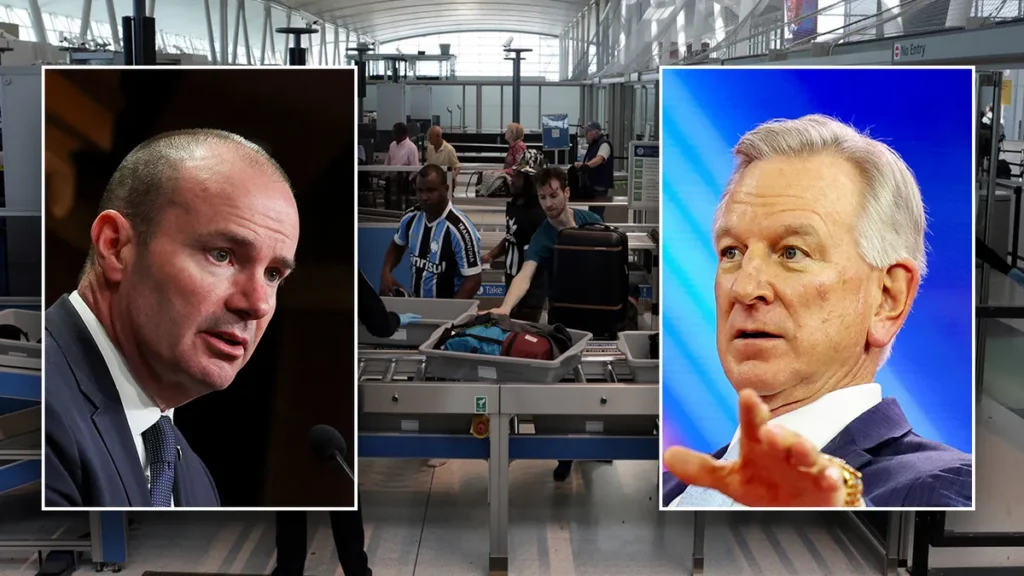
With union protections slashed, senators push to replace TSA with private contractors. The Transportation Security Administration (TSA), a fixture in American airports since the aftermath of 9/11, may soon face its biggest shakeup yet.
On March 7, 2025, the Department of Homeland Security (DHS) announced it would terminate the collective bargaining agreement with the TSA’s frontline workers. This move impacts tens of thousands of security officers, signaling a major change in how the agency operates.
According to DHS officials, the decision was made to “enhance workforce agility, productivity, and efficiency,” claiming that the current union agreement allowed under performing staff to remain in critical security roles. The TSA union, however, slammed the decision as an unprovoked attack on the very people responsible for keeping weapons off airplanes. They’ve vowed to fight the move, calling it both unnecessary and dangerous for the traveling public.
Just weeks later, on March 27, 2025, Senators Mike Lee of Utah and Tommy Tuberville of Alabama introduced the Abolish the TSA Act, a bill that proposes replacing the TSA with private security contractors over a three-year transition period. The senators argue that private companies, held to federal standards, can provide more efficient and customer-friendly security while allowing airports the flexibility to compete and innovate.
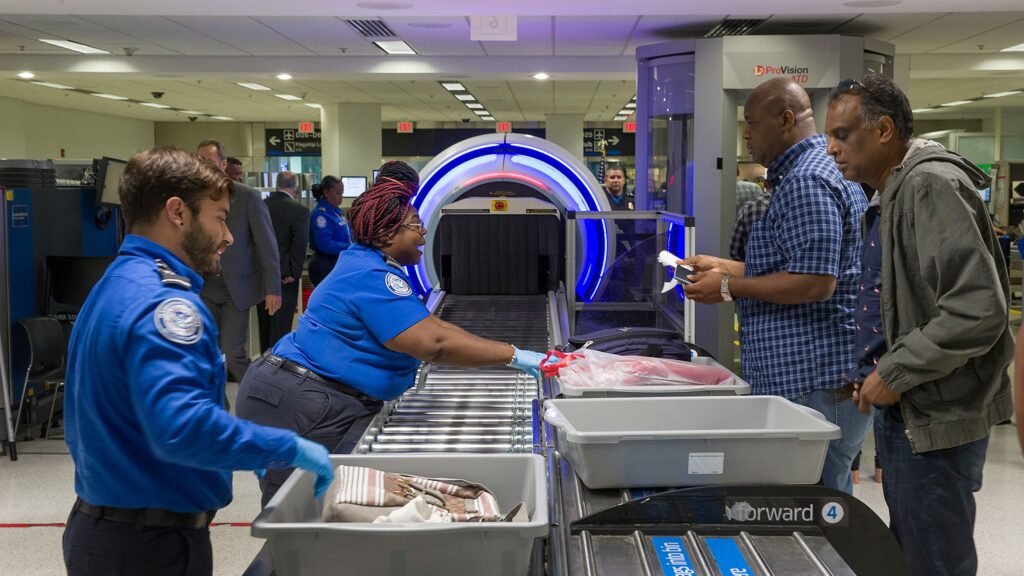
This legislation arrives in tandem with an executive order from President Donald Trump, which eliminates collective bargaining rights for federal employees in national security roles, including TSA staff. The administration has framed these sweeping changes as a necessary modernization effort, but critics argue it’s a politically motivated attack on unions and federal oversight.
Interestingly, Trump himself is rarely seen going through TSA security—because he doesn’t have to. Whether he’s president or not, Trump flies on his own private jet, avoiding the long lines, checkpoints, and security screenings experienced by the average American traveler. Trump’s plane is equipped with its own security measures and doesn’t have to worry about the risk of someone sneaking a bomb or knife aboard. That privilege highlights the disparity in how public figures and ordinary citizens experience airport security.
Many are now asking the same question: is this about improving security—or dismantling worker protections? With nearly 1 billion airline passengers screened last year alone, the future of how Americans fly could look very different in just a few short years. And while lawmakers debate the best way forward, one thing is clear: the era of shoes-off, laptops-out airport screenings may be heading toward a dramatic transformation.













